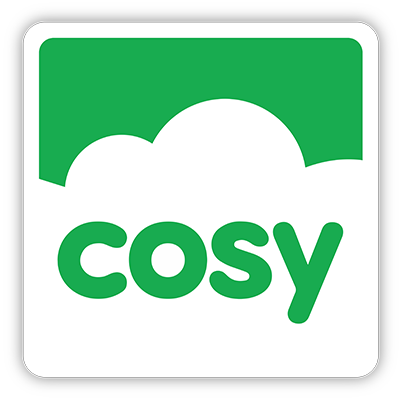The Realities of Play: Create Perfectly Imperfect Activities!
We know that play is a valuable vehicle for nurturing learning and development. Not only that, but children have a right to play, as set out in the United Nations Convention on the Rights of the Child 1989. However, perhaps we now need to question how play is represented through social media and other online mediums.

Play can be big, messy, noisy and fun but sometimes this is not what we see in images shared online. Picture perfect set ups are becoming the norm and although these can inspire educators, giving them ideas to use in their own setting or school, we also need to be mindful of the negative impacts of such posts.

Striving to keep up:
Although aesthetically pleasing images are easy on the eye, they can lead to the pressure to keep up and deliver provision of the same standard. With tight budgets and under funding, some educators could be wondering how they can possibly replicate these ideas with limited resources. Feeling a need to 'keep up', they could then end up purchasing resources themselves in order to join in with the latest online phases and fads.

Questioning their own abilities:
We're not all naturally creative and some online images can leave us feeling inadequate, unsure how we can possibly live up to such high expectations. In a role which is already pressurised, educators don't need additional stress, worrying their environment isn't as picture perfect as others they see on social media. Educators know their children the best and how they can provide an environment which inspires play. This may not necessarily be Pinterest perfect but it is what the cohort needs, based on the educator's professional judgement.

Unclear expectations and outcomes:
Wonderfully perfect set ups often don't tell the whole picture. We have little knowledge of how the children engaged, if at all, what language the play inspired, the characteristics of learning evident and whether they used the resources to develop their own ideas.

Who is it for?
What was the 'why' behind the set up? It's important to acknowledge the pressure of social media and remaining relevant and this can impact on the images shared online. When an educator sets up a fantastic tuff spot or an intricate small world, who is it for? Is it always for the children, to develop their interests, inspire talk and develop skills or is it for the likes and shares on social media? Question what you see and who it is for. We must be sure to limit our own adult agendas, inspiring play based on our cohort.

Is it transferable?
When you have a strong ethos and culture in your setting, you will have a clear idea of the type of play you value and provide and why this is important. Just because you like the look of something, doesn't mean it can automatically be transferred to your setting. Think about the needs and interests of your cohort when setting up your learning environment to inspire play. Consider the space you have, time to set up, resources, staff to supervise the play and whether this aligns with the idea you've seen in a photo. As pretty as it looks, it might not lead to engagement from your children.

However, we understand that some educators take considerable time planning and setting up their environments and appreciate the dedication. What we'd like to see is the reality of the play - the during and after photos. These hold so much meaning as we can begin to understand how children have interacted with the resources, picture the creativity involved and how the play has developed. The story of the play starts to evolve which we don't see with the 'before' picture. It doesn't matter if it's messy, with your hard work scattered over the floor - it shows that children have been engaged. Play is messy and sometimes not constrained to a tuff spot, cable reel or table top. It's about enabling children to have the freedom to be creative and flexible, knowing that their play isn't controlled by an overbearing adult. It is through the process of play that the critical thinking, negotiation, collaboration and learning happens and this is what we value and want to see - the reality of the play.

As a business, we want to set an example and play (pardon the pun!) a role in promoting the reality of play. We want to see play celebrated as a process, something that evolves as children engage. No one should look at an image and question the purpose of it and that's why we're going to be especially conscious of what we're sharing on our social media channels. You can help us do this by sharing your own realities of play. As the saying goes - a picture paints a thousand words. We want to see the remnants of play, even though it's unlikely to look pretty. Even though images might lack aesthetically pleasing qualities, they showcase that play is never perfectly constrained, controlled and tidy.
Don't forget to tag us in activities on our social media channels.
Facebook: https://www.facebook.com/cosydirect/
Twitter: https://twitter.com/cosydirect
Instagram: https://www.instagram.com/cosydirect/



